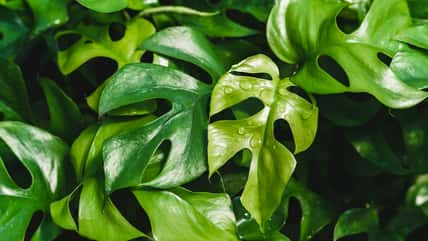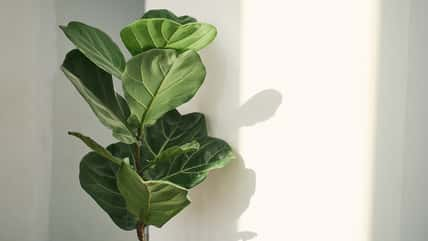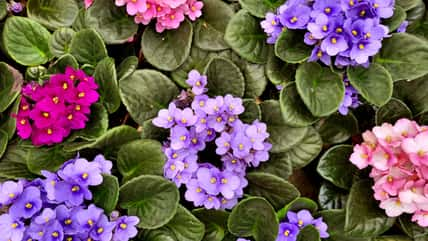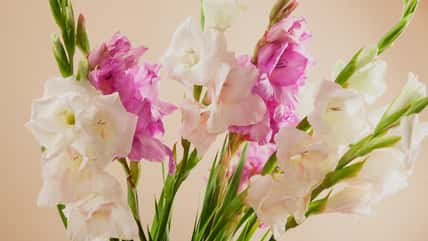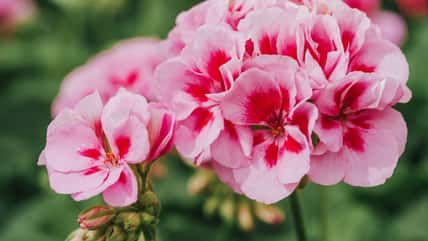You Can Say Goodbye To Bugs On Your Houseplants By Making Insecticidal Soap, An Eco-Friendly Pest Solution

In the world of indoor gardening, the presence of bugs on houseplants is a common yet frustrating issue. Many gardeners grapple with finding effective solutions that are both safe for their plants and their households.
Enter insecticidal soap: a time-tested, natural remedy that provides a powerful solution against pests without resorting to harsh chemicals.
This method not only offers a gentle way to protect your plants but also aligns with eco-friendly gardening practices.
So, here’s how to make and use insecticidal soap to transform your approach to houseplant pest control.
How Insecticidal Soap Works
Insecticidal soap isn’t your regular dish soap. It’s actually a specialized solution that targets soft-bodied pests like aphids, mites, and mealybugs.
When applied, it breaks down the insect’s protective outer layer, leading to dehydration and, ultimately, their demise.
What makes it a standout is its specificity. In other words, it targets pests while leaving your plants and beneficial insects unharmed.
This makes it an excellent choice for those who prefer a more nature-friendly approach to pest control.
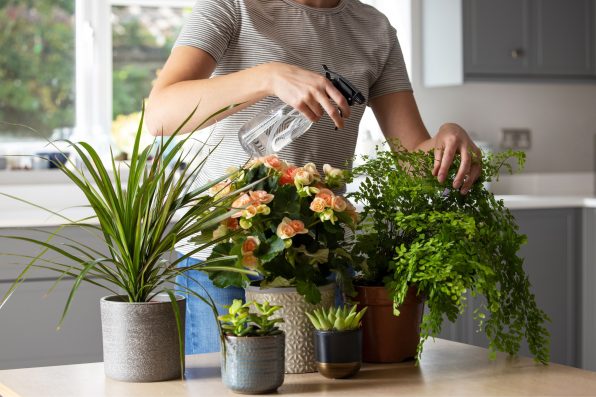
Daisy Daisy – stock.adobe.com – illustrative purposes only, not the actual person
Benefits Of Insecticidal Soap
Opting for insecticidal soap comes with a bouquet of benefits. Firstly, it’s safe for use around children and pets, easing concerns about toxic chemical exposure.
It’s also environmentally benign, breaking down quickly without leaving harmful residues in the soil.
Plus, it’s cost-effective and can be made with ingredients that are likely already in your home.
So, embracing this method means you’re choosing a path that’s both effective against pests and respectful of nature’s balance.
Crafting Your Insecticidal Soap
To whip up your batch, you will need:
- 1 quart of distilled water (tap water might contain minerals that harm your plants)
- 1 teaspoon of pure liquid soap (avoid those containing degreasers, scents, or skin moisturizers)
- 1 tablespoon of vegetable oil (to help the mixture stick to the leaves)
Then, all you have to do is mix these ingredients gently in a spray bottle!
It’s important to use distilled water to prevent any harm to sensitive plants and to choose a soap that’s gentle yet effective.
The addition of vegetable oil is also a clever hack to increase the solution’s clinginess, ensuring it stays where it’s needed most.
How To Use It
When it comes to application, timing and technique matter. It’s best to spray your plants in the early morning or late evening to avoid sunburn.
Just coat the affected areas thoroughly, including the undersides of the leaves where pests love to hide. Then, repeat the application every four to seven days as needed, checking your plants for signs of distress.
A patch test on a small area before a full application is always a good idea to ensure your plant doesn’t react badly.
Target Pesky Pests
This homemade remedy is a nightmare for a range of soft-bodied critters, including aphids, spider mites, whiteflies, and mealybugs.
These are among the most common and frustrating pests that plant owners face, often causing significant damage if left unchecked.
But while insecticidal soap is effective, it’s important to remember that it’s not a cure-all. So, consistent application and combining it with other plant-care practices can help keep your green oasis flourishing.
Sign up for Chip Chick’s newsletter and get stories like this delivered to your inbox.
More About:Gardening
